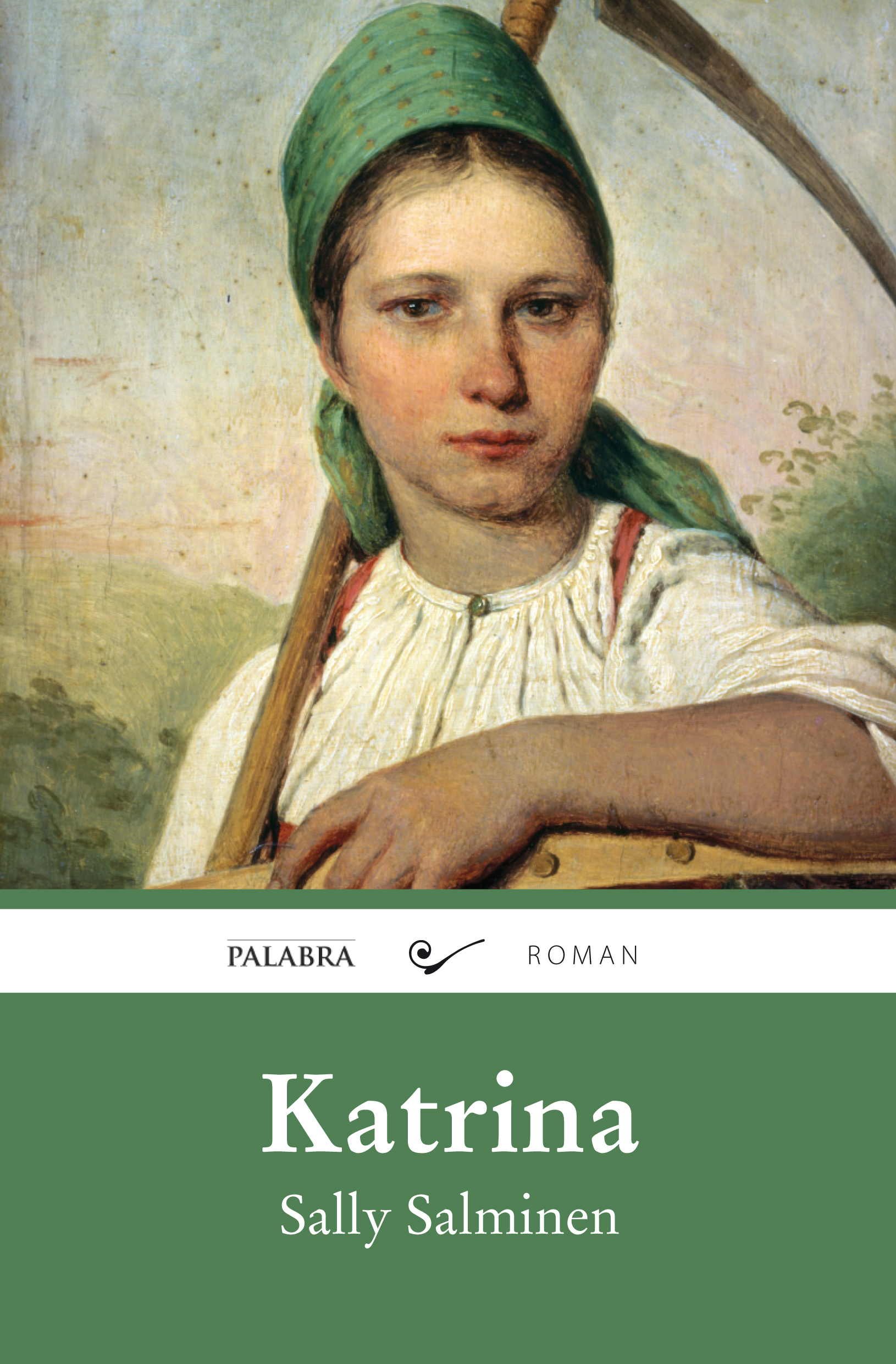I’m writing this from Colchester, where I’m staying at the
home of Suzanne Pemberton. She teaches English as a Second Language at the
University of Essex here, and she had me visit her classes on as a guest. Turns
out that Kazakh and Iraqi students are ridiculously smart and motivated.
Citizens of BRICS and MINT countries, you’d better watch out.
Ah, but why am I at U of E? Because I had to track down a book at the Albert Sloman Library (via SCONUL Access), hailing from one of the most obscure is-it-a-country-or-not-a-country geopolitical entities. I’m talking of course about Åland (pronounced AW-land), the autonomous Swedish-speaking islands to the west of Finland, home to fewer than 30,000 people and the 1936 runaway hit novel Katrina – which was, believe it or not, translated into twenty different languages in its time.
And although the copy of the book I’ve got hasn’t been checked out since forever, I can see why it was popular – hell, I had little tears jerking out of my eyes by the end.
Of course, once she arrives she discovers that he’s been lying his ass off, that in fact he’s the town liar and his home is just a rented shack with only nettles in his garden (wheat and apples do grow on other people’s property, though), and he has to sail off that very night, because that’s what sailors do, don’t they, and meanwhile the powerful landlords Captain Nordkvist and Captain Svensson expect her to do indentured labour on the farms for them, paid in kind, not cash. Slavery, she thinks in despair, lying desolate in her cot, exhausting from her days in the field with a psyche or on the mudflats pulling up rushes.
And you figure maybe you know what’s coming: she’s gonna liberate
herself, pack up and leave behind this good-for-nothing trickster, maybe with
the baby in her belly, because she’s strong and spirited and can even beat down
Svensson with her fists when he comes knocking on her door for sex.
And yet she doesn’t. I suppose we’re going into spoiler territory
here, but this 381-page book isn’t the tale of a young woman but the tale of a
woman – it follows her all the way to her death, the years rolling by quickly,
child after child, famine and flu, tragedy and triumph, even learning to love
her childlike, fabulist, happy-go-lucky husband on the way. And so it goes,
till the time she’s an old woman with her children dead or scattered in
Australia or Marienhamn, and the islands now separate from Finland after World
War One (which means the bulk of the story must have taken place in the
nineteenth century), her descendants actually living bourgeois lives with
servants and fine china in the city while she scrimps by in her hut, immobile,
too stubborn to move to get out of the cold, only one apple tree she planted
herself left in the yard upright and unwithered.
It’s kind of instructive when you think of it in terms of novel-length
writing, because it doesn’t consist of overarching quests so much as how a
woman copes with all the challenges facing her, how she reacts or rebels or
falls into depression but is above all strong, despite the faithlessness and
follies of her husband and sons. She’ll face down the landlords to get money
for her husband’s medicine, bully her kids into going back to school, drown her
son’s dog, take in her son’s retarded baby momma, climb out of the broken ice,
chew ferns as she sits stranded on an islnad, anything to survive, even when
her own children curse her for her Österbotten accent.
And in the end, she’s just a poor country woman on the doorstep of her
son’s house, whose own grandchildren can’t even recognize her. This is a
woman’s epic, told from the viewpoint of the one who stays at home, holding it
all together while the men board ships and disappear into the distance. A
Penelopiad, if you will.
Honestly, it’s like the Scandinavians wrote great developing-nation
novels before we even thought of the term “developing nation”. Cf. The Kingdomof the Earth, cf. Independent People.
Most of Katrina actually takes place in a village called Västerby on an island called Torsö, but I can't seem to track them down. Wonder if Salminen cooked them up, or the names of the places just changed?
Most of Katrina actually takes place in a village called Västerby on an island called Torsö, but I can't seem to track them down. Wonder if Salminen cooked them up, or the names of the places just changed?
They both kept their courage, though the effort was great. Once
outside, Gustav slung his bag on his back, and waved from right to left at the
little cabins as he went whistling down the hillside. Katrina stood by the
window and watched him disappear.
He was so like Johan – so unsteady and reeling in his walk, and
already he held his body bent forward. An infinite sadness filled Katrina.
Years seemed to have rolled backwards, and she herself was a young woman,
standing there saying good-bye to her husband. It had been good-bye, good-bye
while life endured.
Next book: The Kalevala, from Finland.

2 comments:
Could it be the SW corner of this island:
http://kansalaisen.karttapaikka.fi/kartanhaku/osoitehaku.html?map.x=186&map.y=198&e=128795&n=6692549&scale=16000&tool=pienenna&styles=normal&lang=en&tool=pienenna&lang=en
I'm from Åland, and the island she describes is Vårdö, and the village is called Vargata. Many of the characters were based on real people, which caused a bit of an uproar when it was published.
Post a Comment